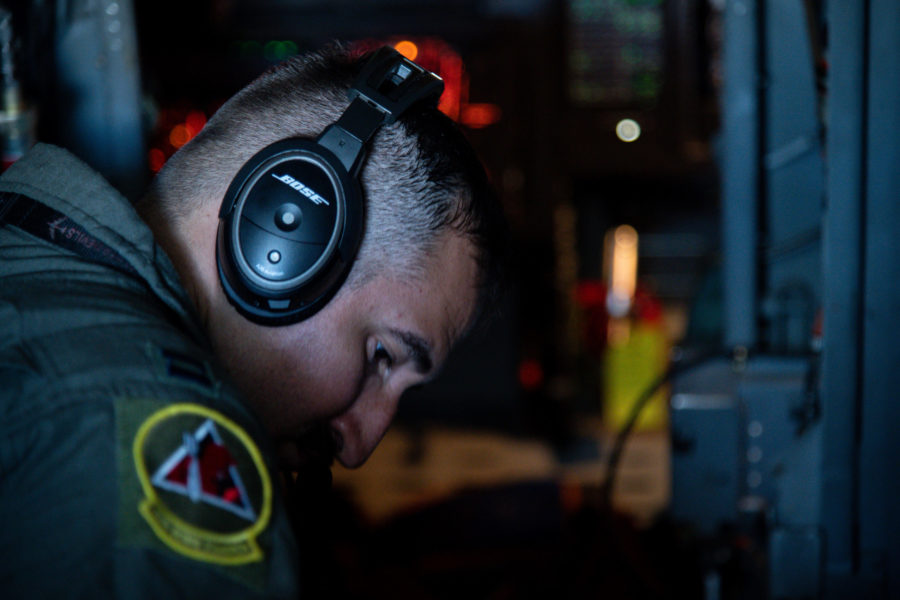The U.S. won’t keep pace with China and Russia in electronic warfare if it keeps “drip feeding” organizations, according to a new paper from AFA’s Mitchell Institute for Aerospace Studies.
While those countries already field “informationized warfare capabilities,” the U.S. military keeps “relearning old lessons,” writes retired Air Force Maj. Gen. Ken Israel, a retired electronic warfare officer, who served as the Air Force’s first program executive for C4ISR (command, control, communications, computers, intelligence, surveillance, and reconnaissance).
Leaders in electronic warfare, or EW, need a substantial plan—not an “aspirational document” but one that “lays out what to do and by when to achieve spectrum superiority,” Israel writes in “Drip Feeding Improvements in EMSO Will Not Work.”
Drawing on his experience, Israel’s policy recommendations include:
- Recruit for technical backgrounds. Israel suspects the Air Force produces too few electronic warfare officers—about 80 a year—who may not have a technical background. On the other hand, “operators of the future will need to understand the fundamental physics of a broad array of interrelated spectrum-dominated technologies to include artificial intelligence, networks, 5G, complex waveforms, interferometry, antenna designs, microelectronics, phase reversing phenomena, digital processing, cloud topologies, metadata analytics, encryption, directed energy, and other forms and modes of electronic warfare. He says the Air Force needs to ask the revealing question: how many current electronic warfare officers or combat system officers have written a single line of code or can comprehend the details of specific metadata analytics?”
- Create a professional EW community. The Air Force and Space Force employ EW expertise across diverse organizations ranging from aircrews to academia but without a professional association dedicated exclusively for “like-minded professional experts to get together and share operational design, tactics, threat, and real-world experiences.”
- Break down the cyber, EW, and ISR silos. Assigning EW officers to “key” cyber and ISR roles will highlight how the fields have aspects in common and “enhance everyone’s appreciation of all aspects of spectrum superiority challenges and opportunities,” writes Israel.
- Consistently present timely lessons learned. With tactics continually evolving, EW troops in key posts need regular updates “from ongoing conflicts that involve Russia, China, and their proxies,” according to the paper.
- Invoke the Intergovernmental Personnel Act. The DOD doesn’t have time to grow the “diversified spectrum expertise” in house and still keep pace with China and Russia. The law provides for outside experts to receive commensurate placement.
- Add funds for advanced training. Committing to fund modeling and simulation for EW training and emphasizing battle management and planning tools will help commanders “understand their ability to maneuver in the electromagnetic spectrum.”


